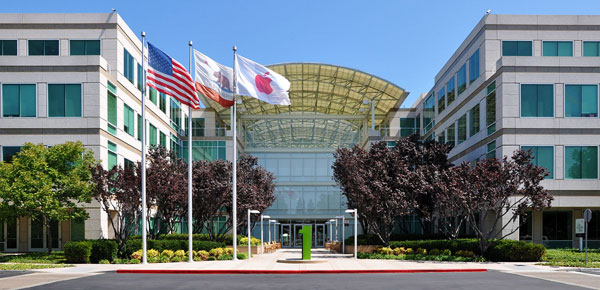Apple this week released a diversity report showing that initiatives to broaden the makeup of its U.S. workforce haven’t been as successful as CEO Tim Cook suggested last year.
The EEO-1 report filed with the federal government covers Apple’s 2015 hires in the United States. Its numbers vary widely from the diversity numbers the company revealed in August.
“In the past year we hired over 11,000 women globally, which is 65 percent more than in the previous year,” Cook said last year. New U.S. hires who were black jumped 50 percent, and Latino new hires climbed 66 percent.
However, female hires in the United States increased only 27 percent, black hires showed a 31 percent increase, and Latino new hires rose 24 percent, according to the EEO-1 report.
Static Hiring
The EEO-1 report also reveals static numbers for women, blacks and Latinos as a percentage of all new hires.
For example, of all new U.S. hires in 2015, 12 percent were Latino, unchanged from 2014; 30 percent were women, compared to 29 percent in 2014; and 9 percent were black, compared to 8 percent in 2014.
More than half (59 percent) of new hires were white, a decline compared to 2014 when 61 percent of new hires were white, the EEO-1 report showed.
“We are proud of the progress we’ve made, and our commitment to diversity is unwavering,” Cook said last year. “But we know there is a lot more work to be done.”
EEO-1 reports haven’t kept pace with industry or workforce changes in the past 50 years, Apple said, adding that the information reported on its website provides a more accurate picture of the company’s progress toward diversity.
Talent Pool Lacks Diversity
Diversifying its workforce has been challenging for the high-tech industry, noted Rob Enderle, principal analyst at the Enderle Group.
“It’s a huge problem because most folks coming out of college with technical degrees are male and white or Asian. You don’t get a lot of blacks or Hispanics,” he told the E-Commerce Times.
“Without a pool to pull from,” he continued, “it’s very hard to get an employee mix to match the demographics of the area that the company finds itself in.”
Not all challenges rest with the makeup of the talent pool, however.
“It’s a combination of elements,” said Michael DeFlorimonte, a member of the executive leadership team at theAfrican American Employee Network.
Challenges of Diversifying
Those elements include misdirected financial resources or inadequate financial resources set aside to address the issue, lack of key relationships with diversity advocates and organizations, unrealistic expectations for results, and lack of a top-down and bottom-up organizational approach to problem solving, he told the E-Commerce Times.
“Since we know — or should know — that diversity is good for business, diversity issues need to be given the same priority, attention and support as other bottom-line items,” DeFlorimonte said.
“No doubt unconscious bias also plays a role in hindering diversity efforts, sometimes even among the people assigned to work on the solution,” he said. “Bias is not an easy or always comfortable issue to address.”
Companies interested in true diversity won’t find it in numbers alone, maintained Jim McGregor, principal analyst at Tirias Research.
“Diversity by numbers is wrong. People need to be taught the value of diversity and what it really means,” he told the E-Commerce Times.
“It means looking for people with different backgrounds, different mindsets, different ideas,” McGregor continued. “When you do that, you’re going to naturally find people from different schools, different races and different countries.”






















































Social Media
See all Social Media